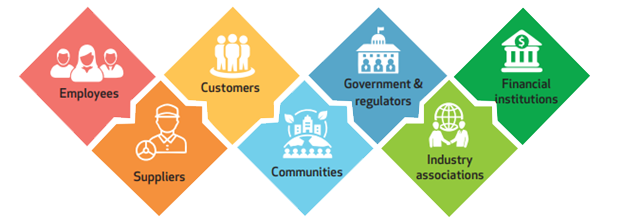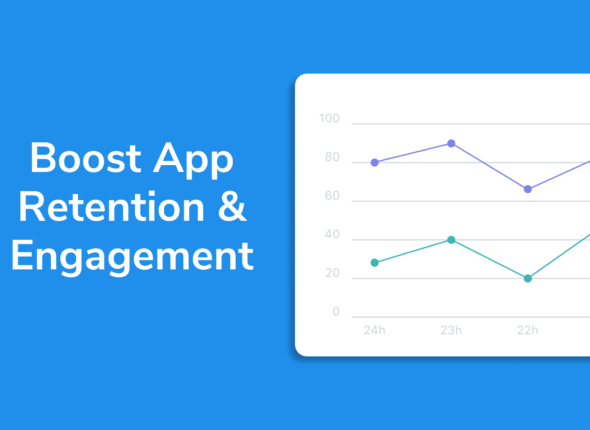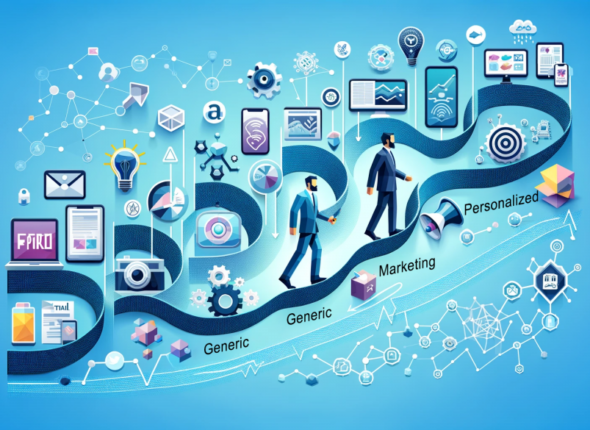Wireframing is one of the most critical stages in mobile app development. It is a low-fidelity design blueprint that visually represents the app’s structure, layout, and functionalities. Although wireframes are typically basic in nature (consisting of simple shapes, placeholders, and text), they form the foundation upon which the entire app design is built. This early-stage planning process provides multiple benefits to developers, designers, stakeholders, and ultimately users.
Below are the 5 key benefits of wireframing your mobile app and how it can streamline the app development process.
1. Clear Visual Representation of Your App’s Structure
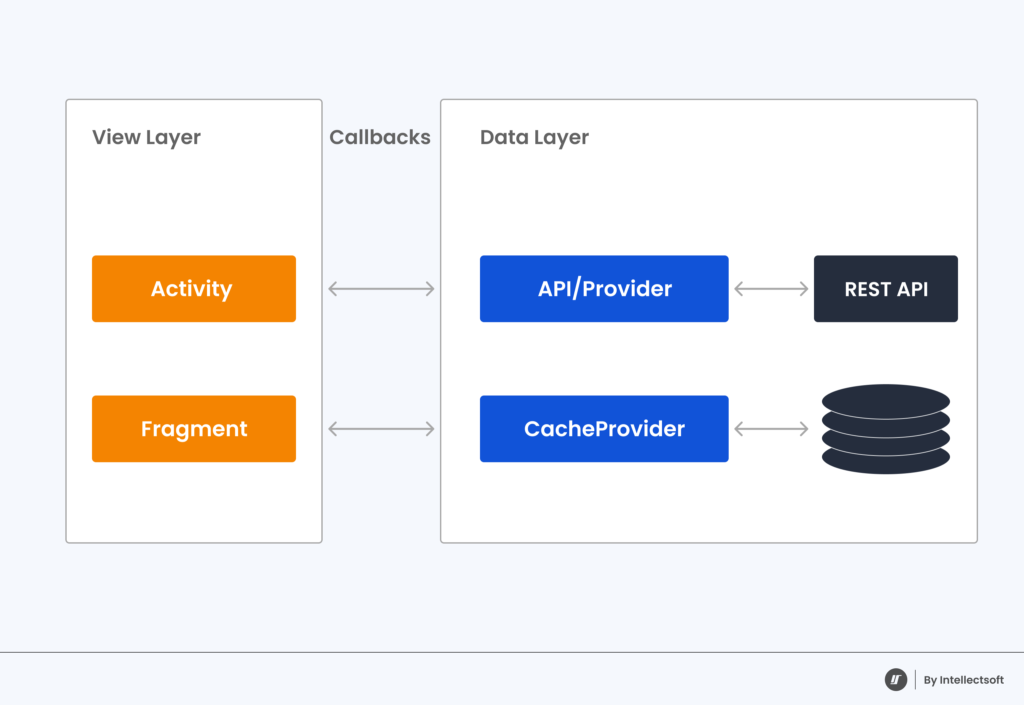
When starting any project, having a clear roadmap is essential, and wireframing serves this purpose for mobile app development. It gives a visual representation of how your app will be structured and laid out, allowing everyone involved to see a clear, high-level overview of the app.
Benefits:
- Simplifies Design Decisions: Wireframes allow you to visualize the structure of your app early on, providing an organized way to arrange menus, buttons, images, and text before committing to any final designs.
- Enhances Communication: It becomes easier to communicate your app’s concept and structure to your development and design teams.
- Quick Visualization of the Flow: You can quickly see how users will move from screen to screen and which elements will be interactive.
This structured layout ensures your app has a logical navigation flow and user-friendly experience.
Example Wireframe Layout:
Imagine you are building a food delivery app. Your wireframe would outline critical screens, such as:
- Home screen (with search bar and categories)
- Restaurant list
- Cart page
- Checkout process
With wireframing, you can map out each screen, ensuring the navigation is logical and simple.
2. Early Identification of Usability Issues
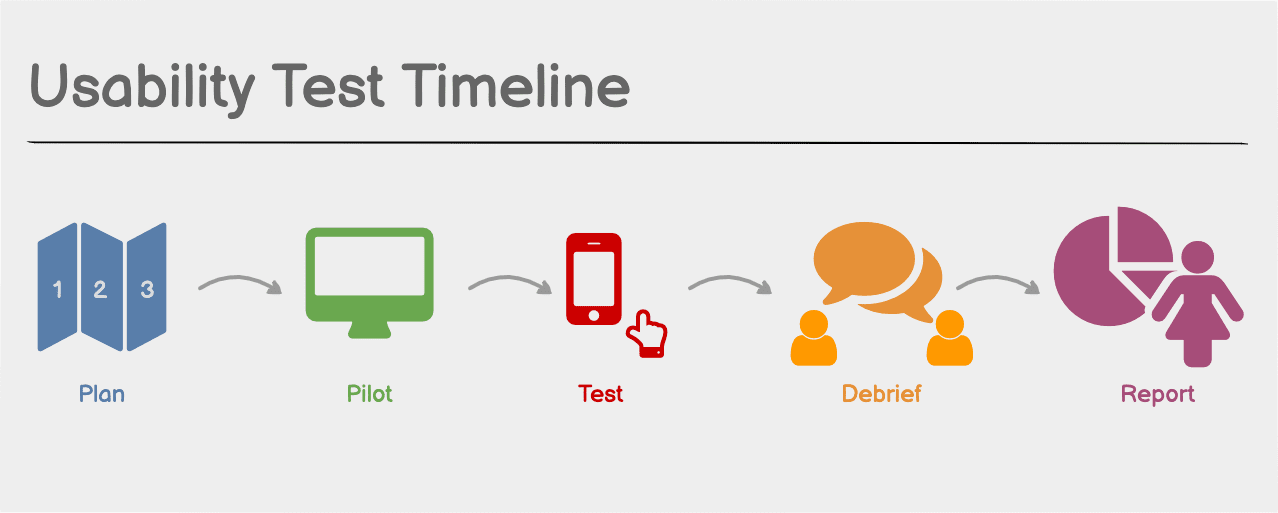
One of the primary advantages of wireframing is that it helps you spot potential usability issues early in the design process. Since wireframes are simplistic, it’s easier to test the user experience (UX) and focus on the flow of the app.
Benefits:
- Improves User Experience: By visualizing how users will interact with the app, you can adjust the layout, navigation, and placement of key features to enhance the overall usability.
- Focus on Core User Journeys: During wireframing, you can simulate user journeys for primary functions, such as logging in, searching for products, or completing a purchase. This allows you to refine workflows and avoid common UX pitfalls.
- Catch Navigation Challenges: For example, if certain buttons or pathways are too complicated or hidden, these issues will come to light during wireframing, giving you time to make improvements before development.
Usability Example:
For an e-commerce app, wireframing allows you to map out the checkout process to ensure it’s streamlined. You may realize that having too many screens between product selection and payment may lead to drop-offs. Wireframing helps you simplify this journey for your users.
3. Saves Time and Reduces Costs During Development
Wireframing acts as an early-stage blueprint that significantly reduces rework and costs later in the development cycle. Making changes to wireframes is much faster and cheaper than adjusting high-fidelity designs or live code.
Benefits:
- Cost-Efficient: By identifying potential design flaws and necessary feature adjustments early on, you reduce the need for expensive reworking during the development or final testing phase.
- Speeds Up Development: Once the wireframe is finalized, developers have a clear understanding of what to build, which eliminates the need for back-and-forth clarifications.
- Improves Project Timeline: Changes are easier to implement during wireframing than after coding has started. With wireframing, you are proactively preventing costly delays by spotting problems before they reach the development stage.
Cost-Saving Example:
If you’re designing a social networking app, wireframing lets you test how various features (like news feeds, chat interfaces, or profile pages) should interact. If user navigation isn’t clear, you can modify it at the wireframe stage without wasting resources on development changes later on.


4. Facilitates Team Collaboration and Stakeholder Buy-In
Wireframes are a visual tool that can be shared with various team members, including designers, developers, product managers, and stakeholders. This allows everyone to provide input and feedback early in the project lifecycle.
Benefits:
- Improves Team Alignment: Since wireframes represent the app’s structure and functionality visually, all team members can understand the scope and flow. This eliminates miscommunication and ensures everyone is aligned on expectations.
- Stakeholder Feedback: Wireframing allows stakeholders to provide feedback on the design and flow of the app, and ensures that their vision aligns with the product direction.
- Reduces Confusion: Developers and designers have a clear picture of what to build, which reduces the risk of misinterpretation during development.
Collaboration Example:
For a healthcare app, stakeholders may want to ensure that patients can book appointments with minimal steps. Wireframes can help these stakeholders visualize the process, provide feedback, and make changes before the app enters development.
5. Provides a Better Understanding of Functional Requirements
Wireframing gives a clear representation of how the app will work, not just how it will look. Each screen, button, and interactive element in the wireframe is a functional requirement that defines how users will interact with the app.
Benefits:
- Improves Functional Clarity: You can detail how each feature will work, ensuring that developers have clear instructions on how to code the app’s functionality.
- Reduces Scope Creep: Wireframes lock in the app’s functionality, which helps limit the tendency for stakeholders to add new features or make changes late in the development process.
- Ensures Technical Feasibility: Developers can review wireframes and assess whether the proposed features are technically viable, which prevents any unrealistic expectations later in development.
Functional Example:
In a fitness app, your wireframe will outline how users can track workouts and goals. The development team will be able to understand the interactions required, such as recording data, displaying stats, or syncing with wearable devices. This makes it easier to plan the technical details of the app.
Conclusion: The Power of Wireframing in Mobile App Development
Wireframing is a vital step in mobile app development that offers countless benefits, from saving time and money to ensuring a smooth user experience. By wireframing, you can map out the app’s structure, identify usability issues early, collaborate with your team, and define functional requirements before development begins.
The ultimate goal of wireframing is to simplify the app development process, providing a clear and agreed-upon blueprint that minimizes costly revisions and maximizes the app’s success.
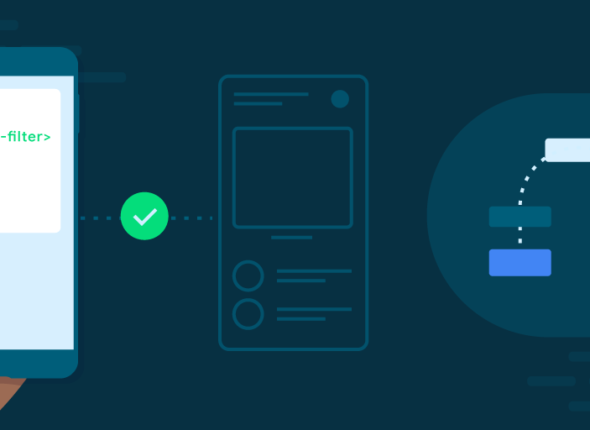
Tips for Reducing App Load Time and Memory Usage
In today’s fast-paced digital world, users expect mobile apps to perform flawlessly, load quickly, and...
- October 17, 2024
- Com 0


